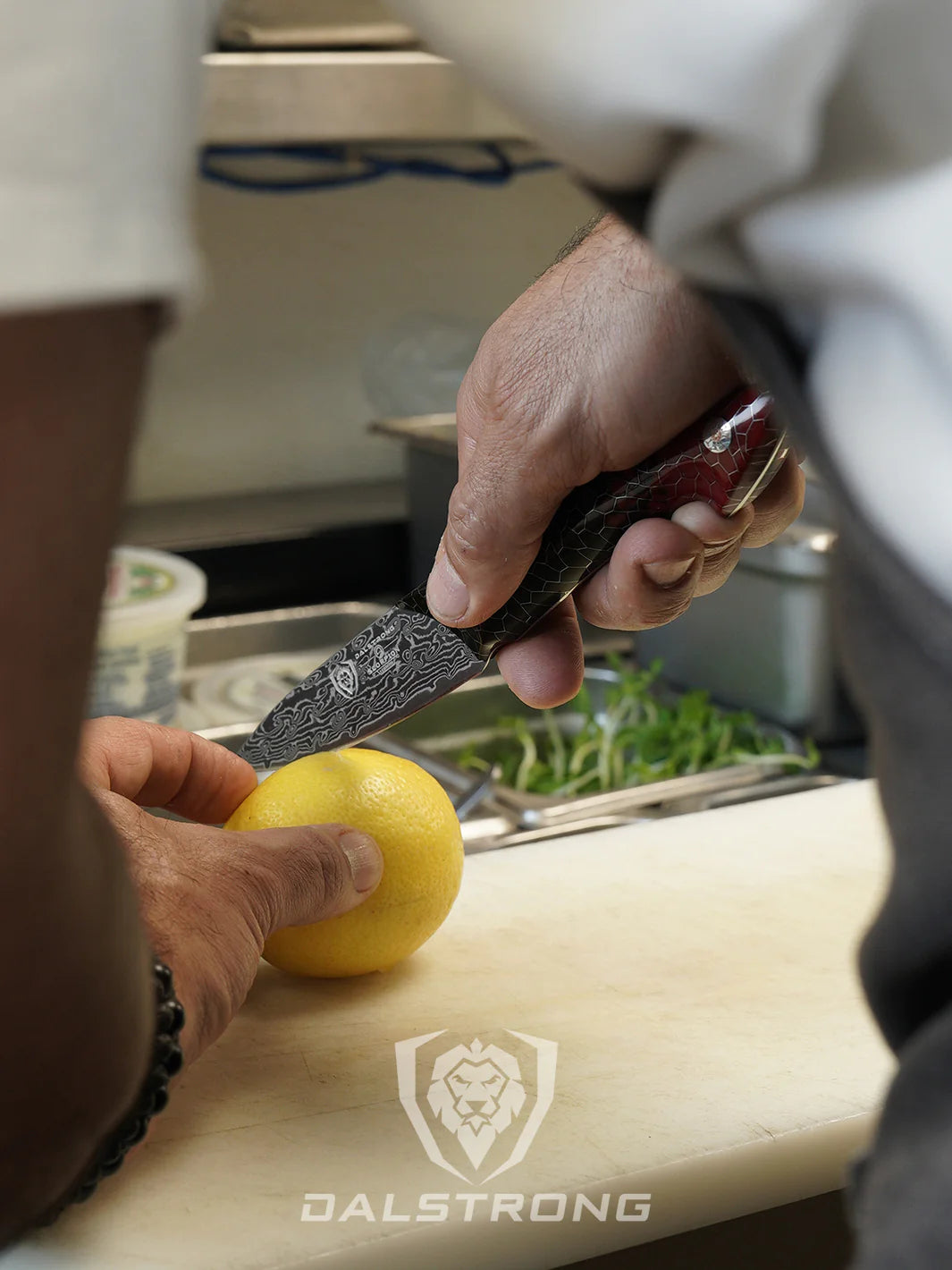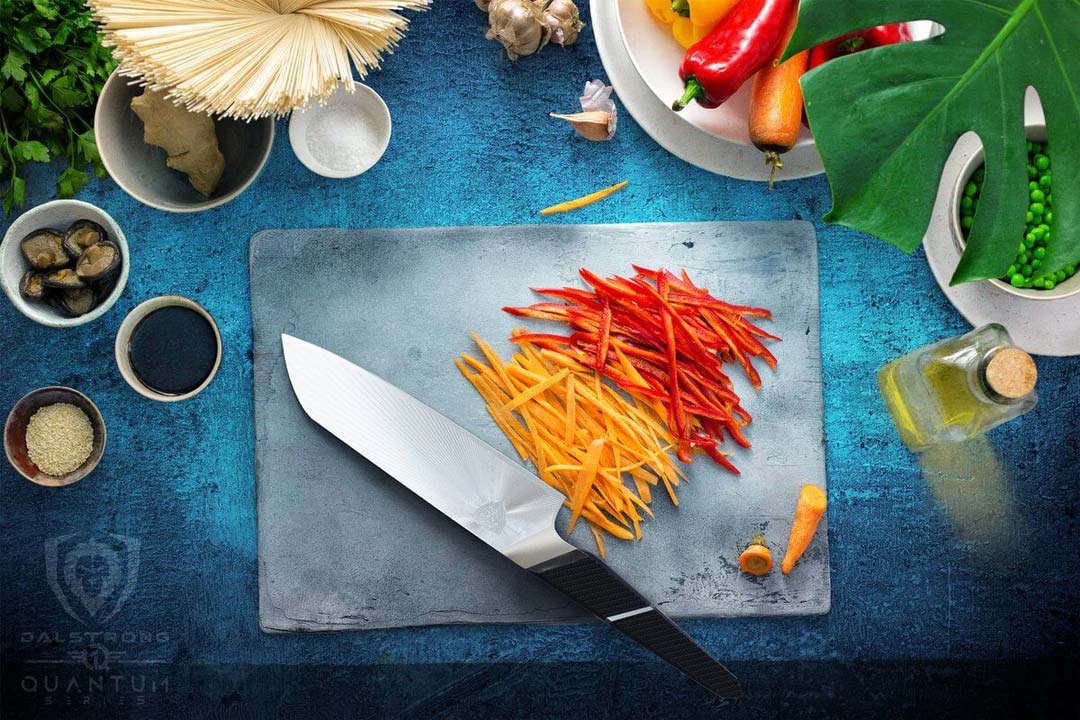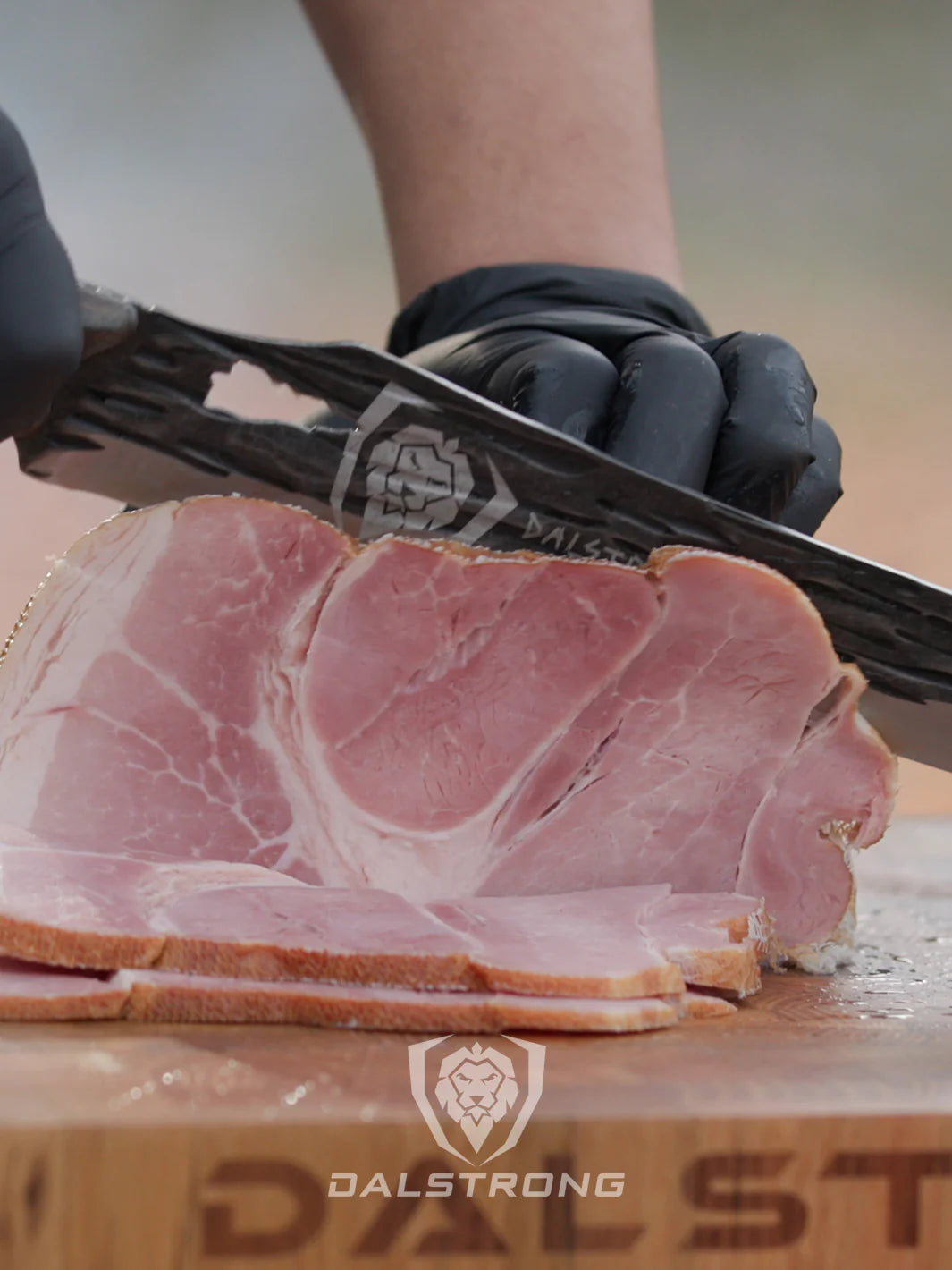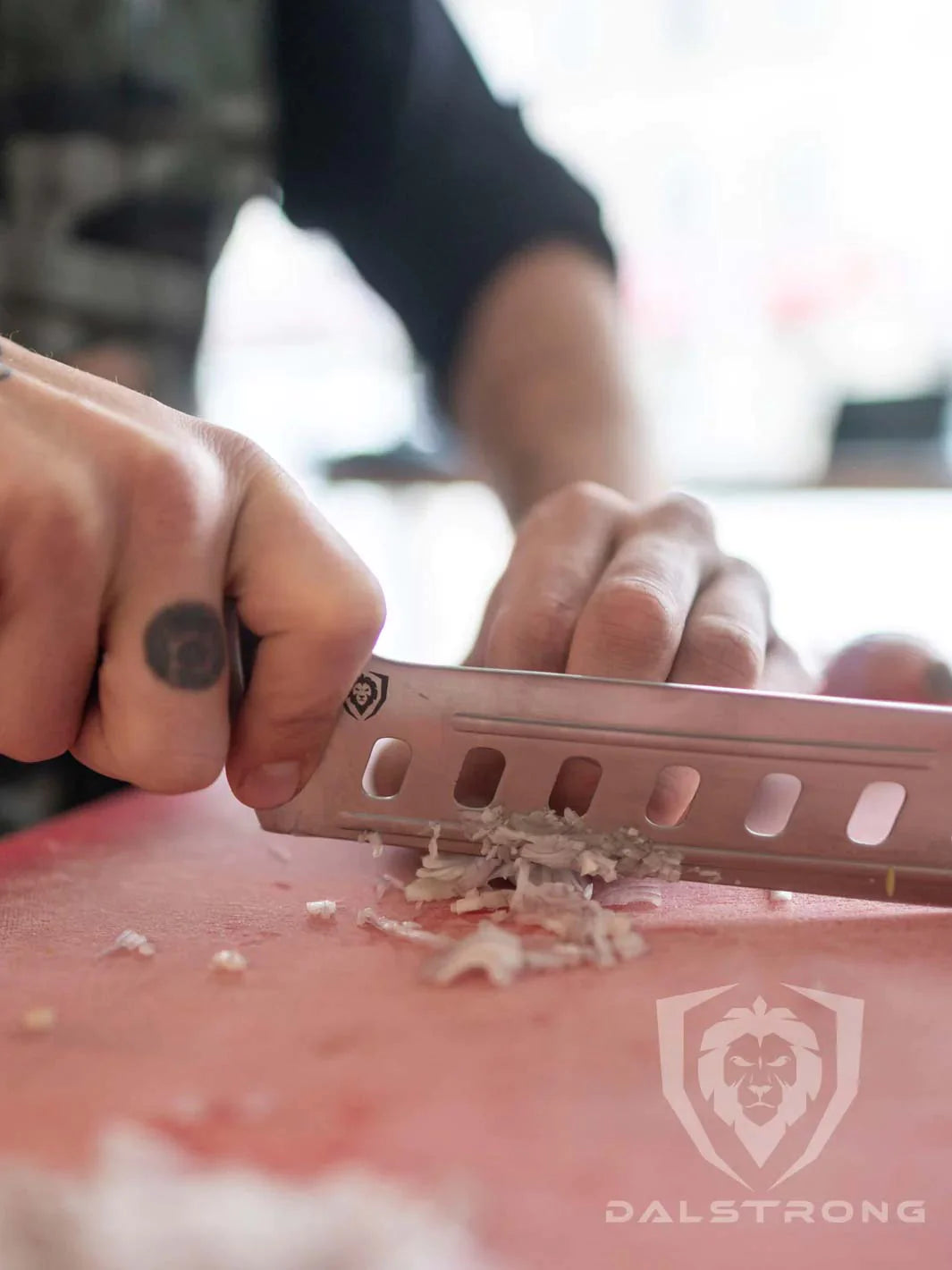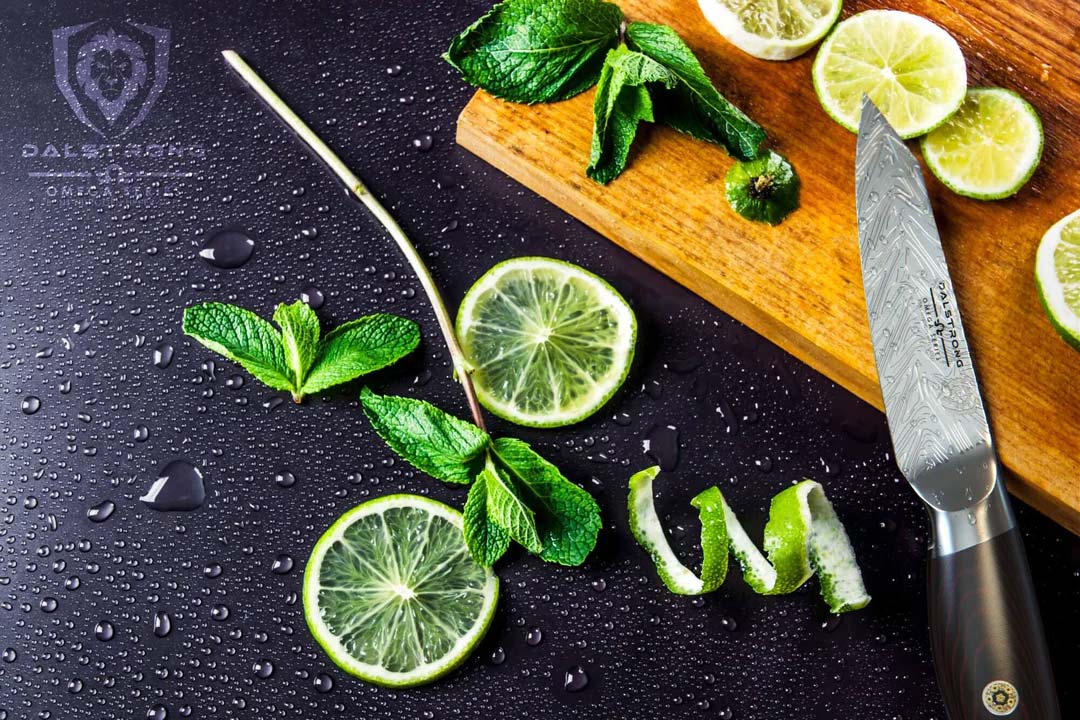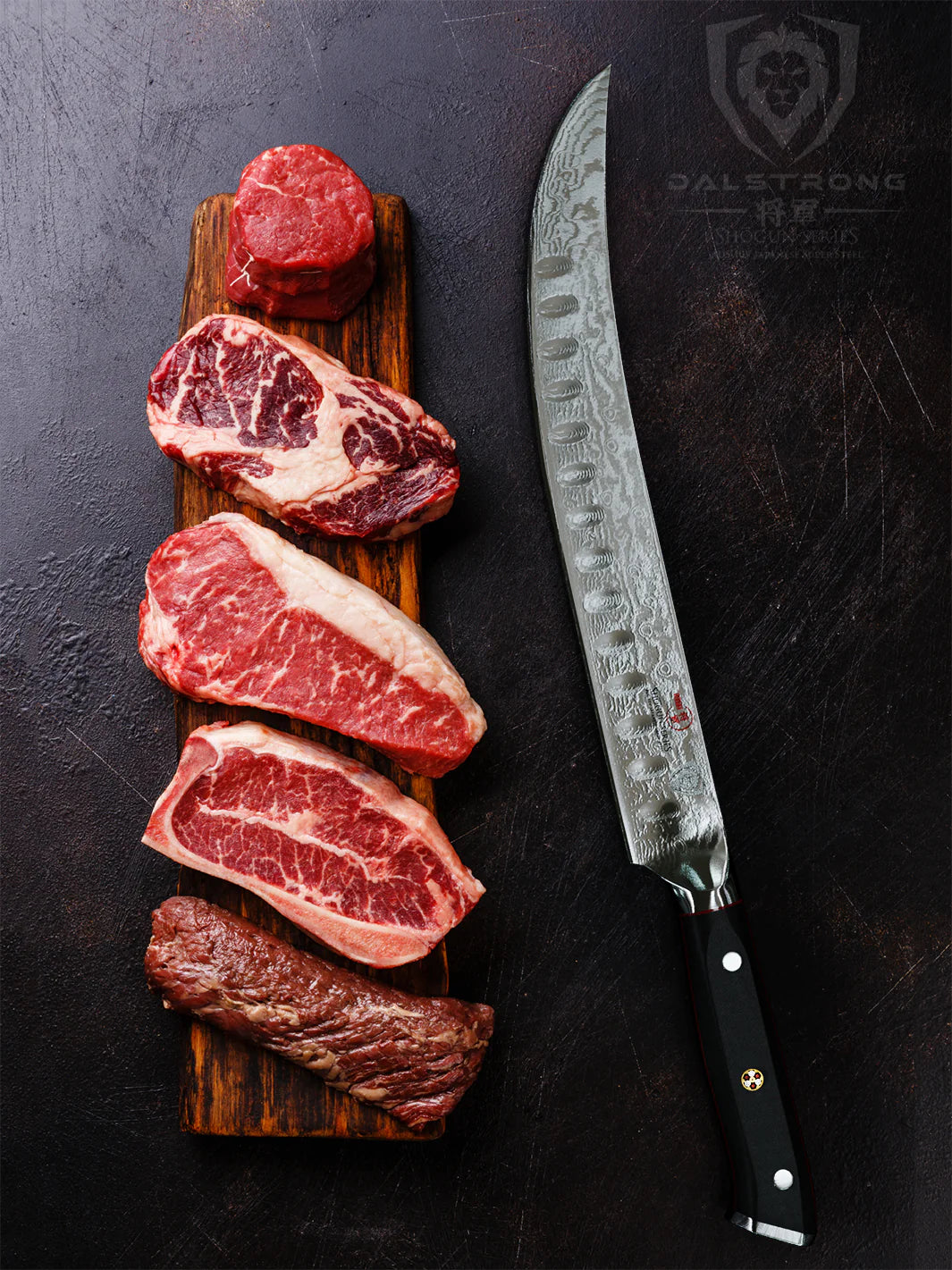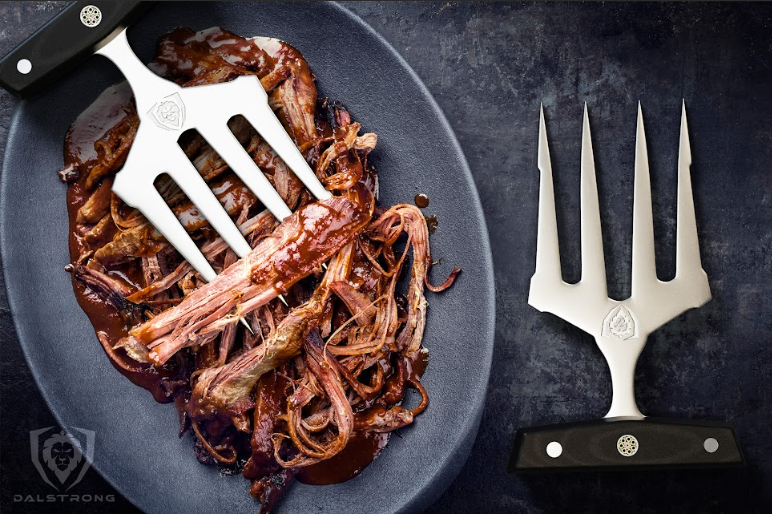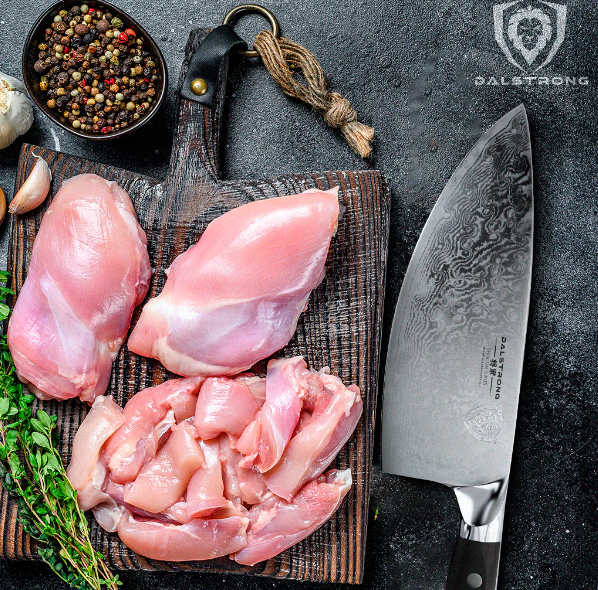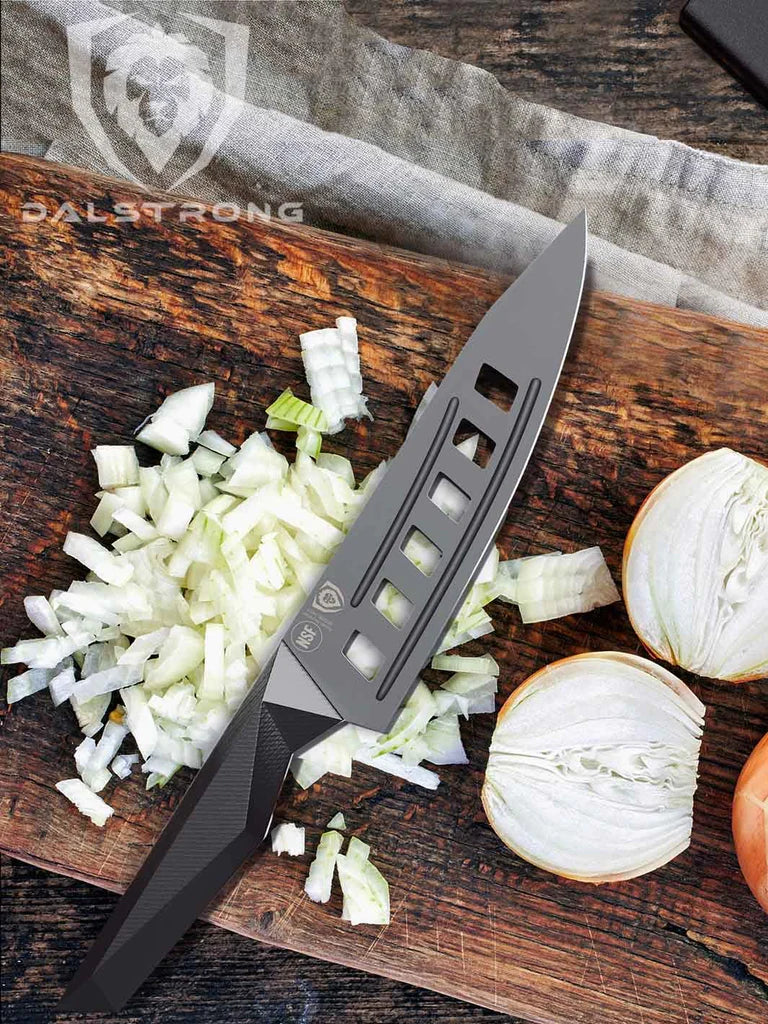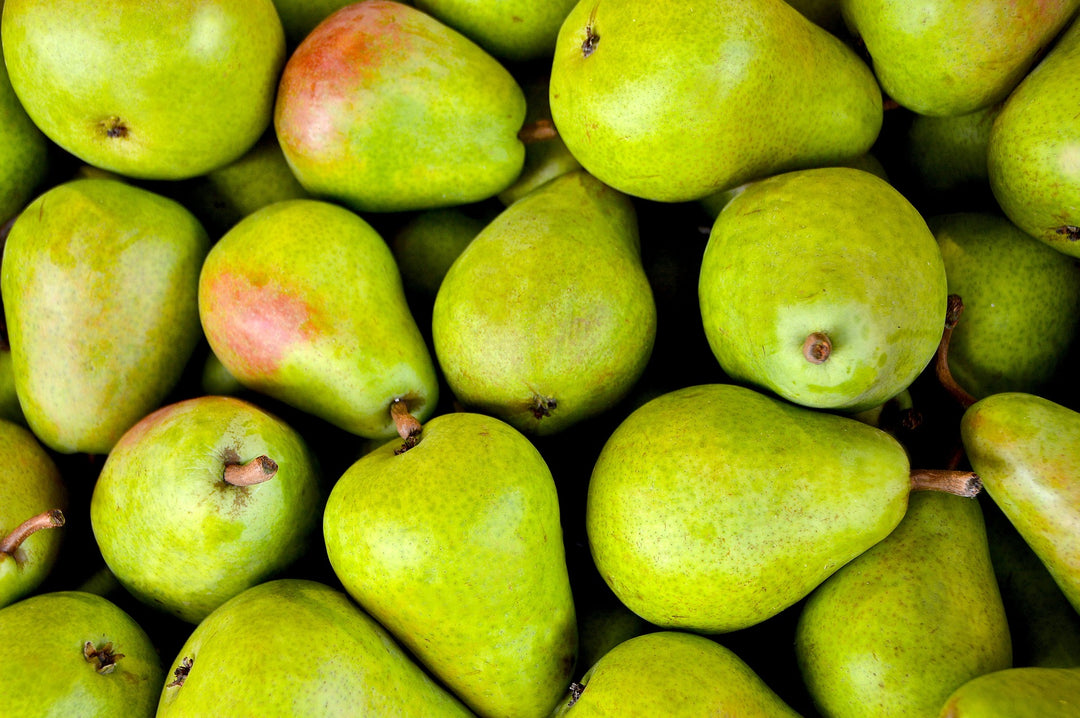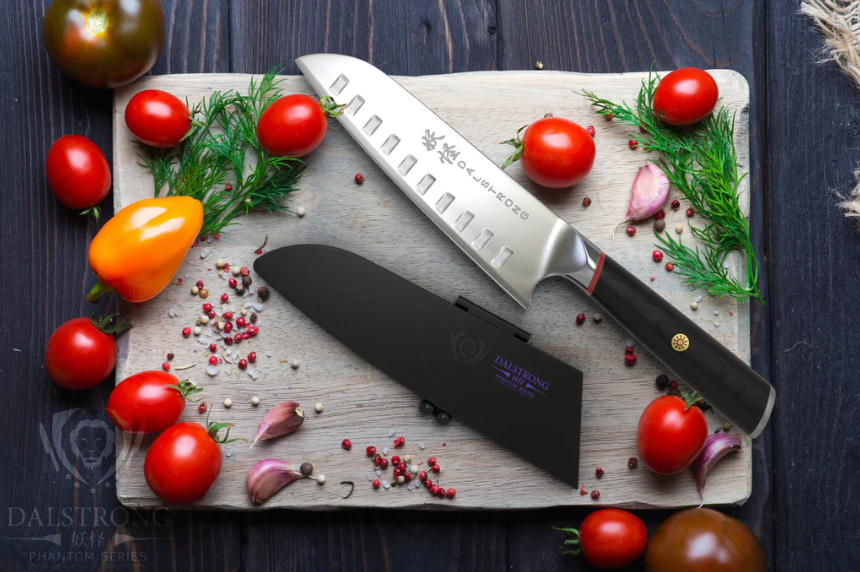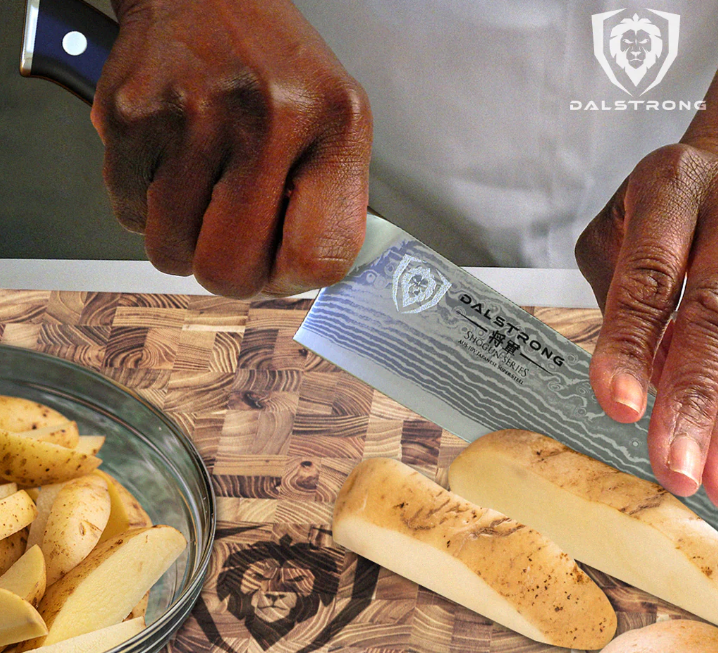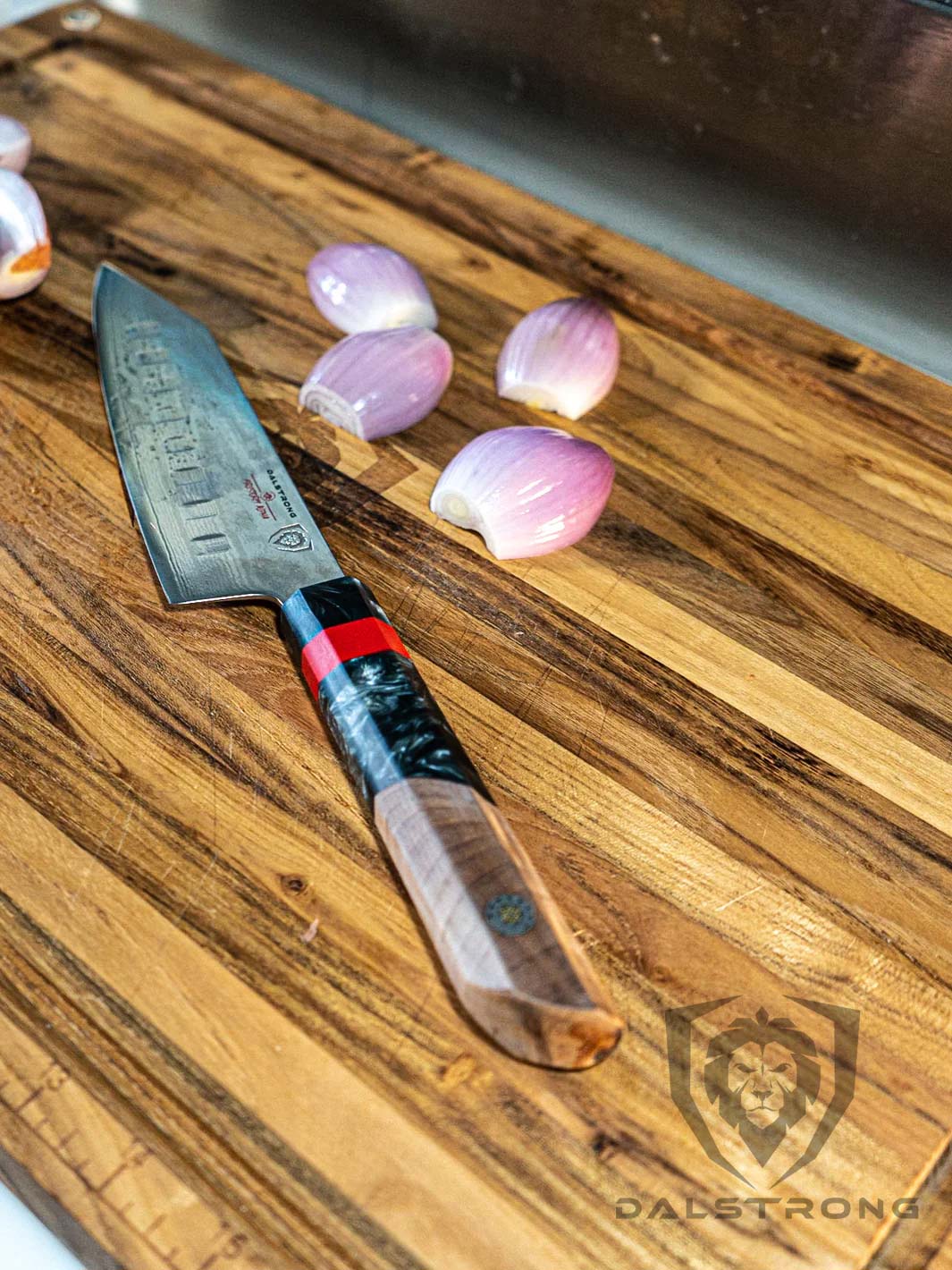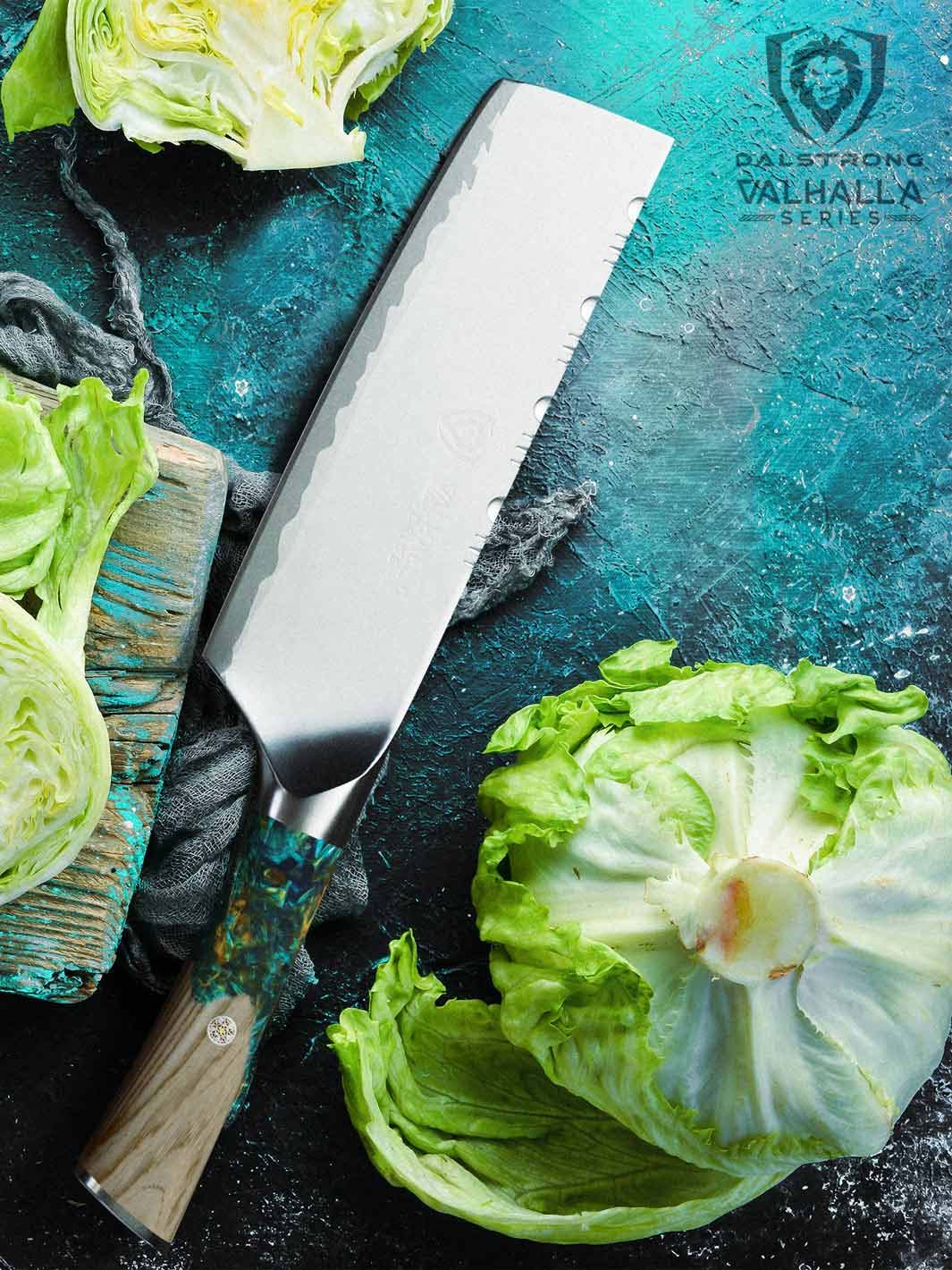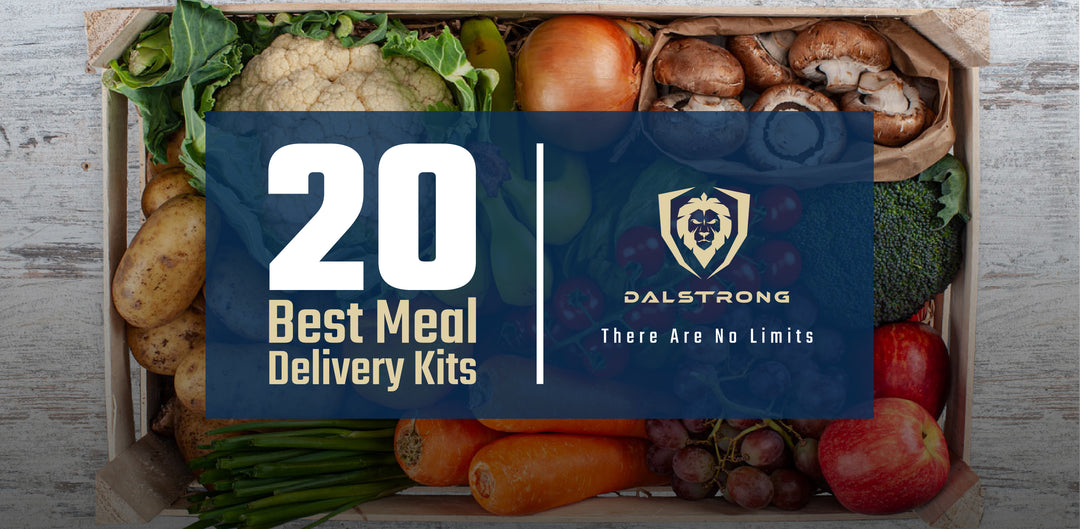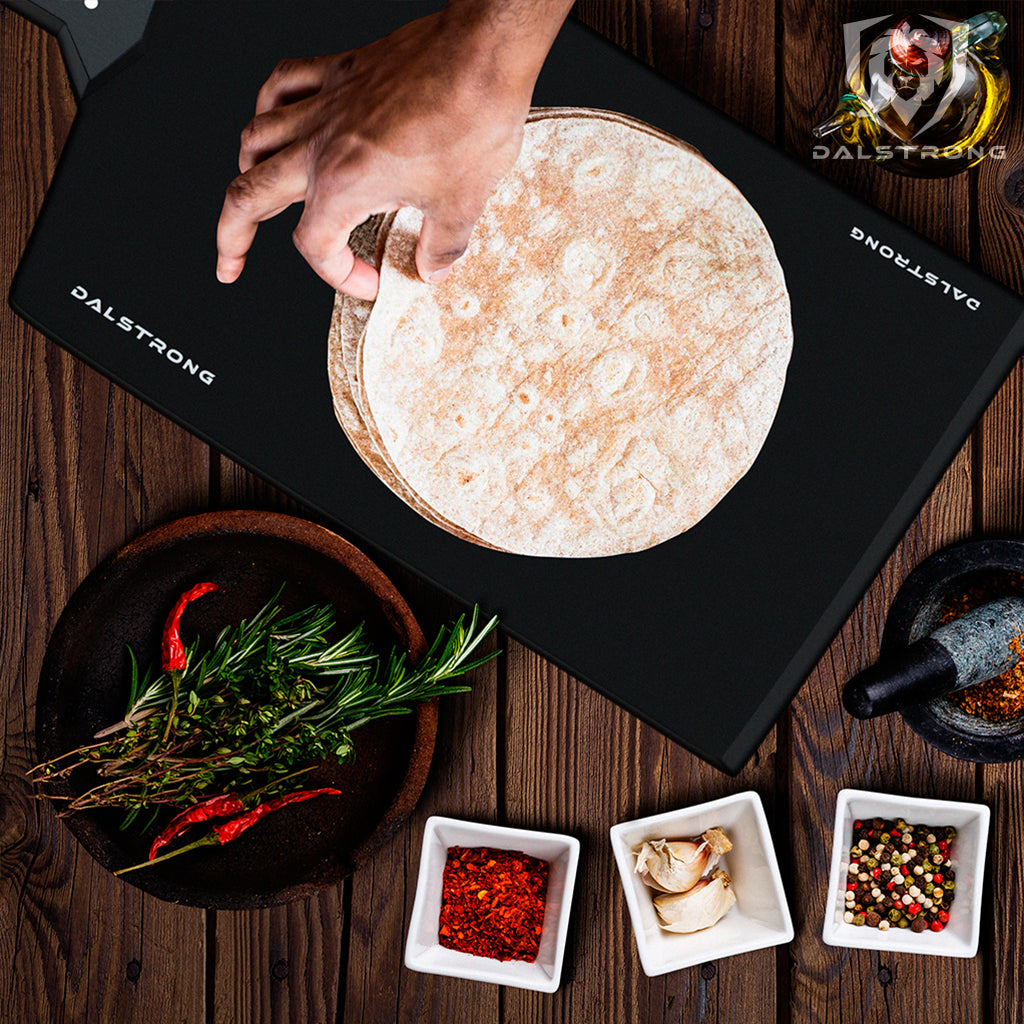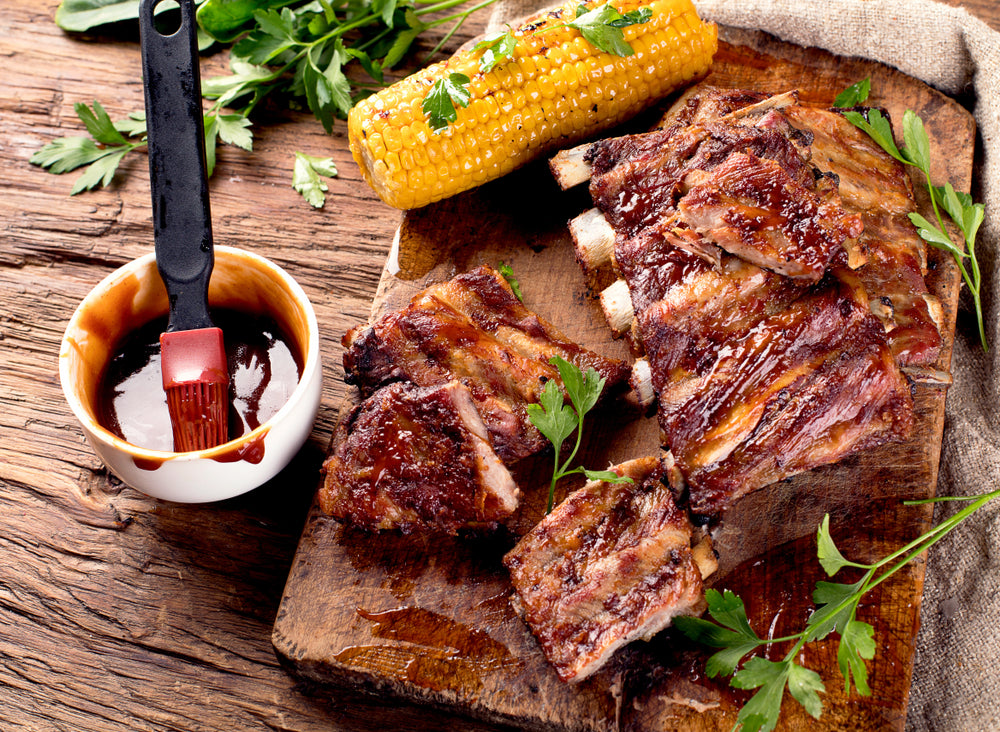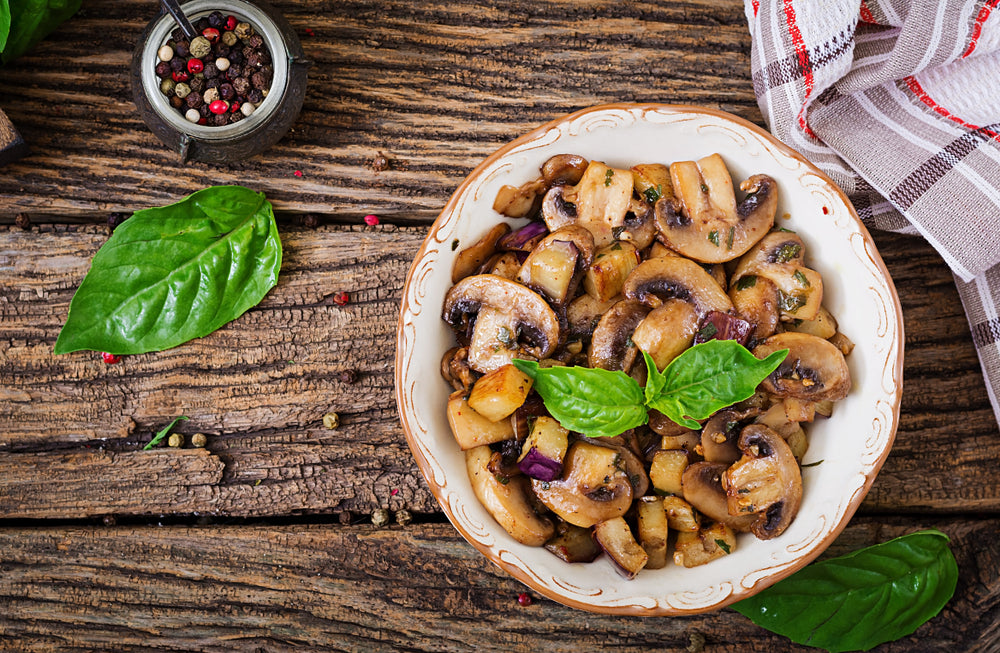The Best Spaghetti Recipe You Can Make At Home
Quick Overview: The Best Spaghetti Recipe
- Chop the vegetables.
- Brown the ground beef over medium high heat.
- Add garlic, onion, salt, cumin, ground pepper and green bell pepper.
- Add the tomatoes and stir.
- Add oregano and basil.
- Bring the sauce to a simmer and cook for 15-20 minutes.
- Serve over cooked spaghetti.
Pasta is probably one of the simplest, most reliable, crowd-pleasing recipes there is, suitable for a family dinner or an easy weeknight recipe. But it is also true that a pasta dish can be as simple or as elaborate and fancy as you wish.
I will share what I think is one of the best spaghetti recipes because it’s filled with protein, it’s super savory, requires a few ingredients and is somehow in the middle between simple and complex.
Let us explore this homemade spaghetti and meat sauce recipe!

1. Tools You’ll Need For The Best Spaghetti
The complete list of tools you need to make spaghetti depends on whether you’re using store-bought spaghetti or if you’re cooking the pasta at home from scratch; and, if the latter is the case; then the tools will change depending on whether you’re going for the traditional method or high tech.
If you are making the pasta at home, then you will need a rolling pin, a bowl, a cutting board, a dough cutter or knife, and a pot. If you own a pasta maker, then it’s even easier, you only need a food processor, a strainer and a pot.
But I am not going into the tools and details on how to make pasta at home, because we have this detailed guide for that. I will explain instructions and tools for those using store-bought spaghetti, and if you’re making your own pasta, simply skip these bits and go straight to the sauce part.
These are the best Dalstrong tools for the best spaghetti recipe:
1. A large pot: 5 Quart Stock Pot From The Avalon Series
A pot is essential for cooking pasta, it doesn't matter the shape or the method. But not every pot is suitable for every recipe or occasion.
For example, this Dalstrong 5 quart pot, in hammered finish silver, can accommodate enough spaghetti for a small family, that is why I am listing it as a pretty good standard choice.
Also, long pasta such as spaghetti (as opposed to short pasta) needs a little more room for boiling, which this premium stock pot can provide.
PROS:
- Perfect heat conductivity is ensured by a copper core foundation and layers of stainless steel plus aluminum.
- Compatible with all types of stovetops (and optimized for induction).
- Suitable for many types of recipes, not only pasta: it’s even oven and broiler safe up to 600ºF.
- Beautiful mirror polished exterior.
- The side handles help to evenly distribute the weight of the pot.
- The vented hole on the lid allows for pressure release during boiling.
CONS:
- As I mentioned, 5 quart is a good standard size; but you may need a 12-quart if you have a big family or even a13-quart if you’re cooking for yourself. It depends on your particular case and preferences.
- You definitely don’t need a non-stick pot to make spaghetti; but if you’re planning to try some “sticky” recipes with a pot, then you may prefer non-stick properties.
2. A versatile blade: Chef Knife 8" From The Phantom Series
Depending on the sauce you choose for your spaghetti, you will have to do more or less chopping or dicing. But in any case, there will be some cutting tasks for you.
For this particular recipe, you will at least cut some onions, garlic and tomatoes. I suggest you invest in a versatile, high-quality knife like this Dalstrong chef knife. That way you ensure that you have a suitable blade not only for this recipe but for any pasta or non-pasta recipe that comes to your mind!
The 8” is the standard size for a chef’s knife and the Olive Wood Handle might be a selfish choice (I love it!) but it’s also the perfect Italian touch for your pasta night.
PROS:
- I know this is going to sound shallow but I’m really feeling the first pro should be purely aesthetic: This knife is absolutely beautiful and classic, with a cute mosaic rivet and a light-toned wooden handle.
- The handle may be Italian, but the blade is Japanese steel at 60+ Rockwell Hardness. The best of every culture, right?
- Hand sharpened to 13-15 degrees (meaning: very sharp!)
- High levels of chromium for more durability and resistance.
- It comes with a protective sheath.
CONS:
- It’s fine if you prefer a less traditional, more avant-garde design.
- All-mighty as they are, chef’s knives are not ideal for cutting tricky foods like tomatoes (see next point).
3. A special tomato-knife: Serrated Paring Knife From The Shogun Series
Honestly, I think a Serrated knife is essential if you’re cooking pasta with a tomato sauce recipe. Not only is it the best tool for cutting tomatoes but also for cutting bread to serve on the side or some charcuterie to spoil your guests.
This special one from the Shogun Series is not just another paring knife. The wonderful ‘Tsunami Rose’ pattern on the blade will have you looking for excuses to use it.
PROS:
- The serrations on the blade are super sharp and perfectly spaced from one another.
- Perfect for vegetables and fruits like tomatoes, kiwis, oranges, avocados and lemons.
- Also perfect for bread and pastries.
- The blade features 67 layers of Damascus sharpened under the 3-step Honbazuke method.
- The ergonomic handle is impervious to heat, cold and moisture.
CONS:
- The price is a little high, if you’re just going to use it as a “tomato knife” (although you shouldn’t).
- Sharpening serrated knives require a bit more technique and practice than sharpening traditional blades.
4. A cutting surface: Large Teak Cutting Board
You need a suitable surface to prepare all the ingredients for your spaghetti recipe. Trust me, using the right cutting board can change the cooking experience and the cleaning-after experience as well.
Wood is arguably the best material for a cutting board; and among woods, teak is a great choice too (and this time I’m not talking about beauty, promise!).
PROS:
- The large size will allow you to chop and cut several ingredients without having to transfer them to another place one by one.
- The grooves along the edges are great to “trap” the liquids potentially coming from tomatoes or the meat in this recipe.
- Measurement lines are lasered to the bottom of the board.
- The tight-wood grain ensures a hygienic cutting surface that can withstand even the busiest, most challenging environments.
- It is friendly to the edge of your knives.
CONS:
- I love to use my cutting boards as serving boards; but it might be difficult with this one considering the size and the lack of side handles.
- Depending on the size of your kitchen and the available storage space; you may want to consider the medium size.
5. A pan or skillet: 12" Sauté Frying Pan From The Avalon Series
Technically, you could prepare the meat sauce using another stock pot like the one we proposed for the spaghetti; a dutch oven, a dedicated saucepan if you have any, or just any skillet, frying pan or sauté pan you have available.
This Dalstrong sauté pan is kind of a hybrid between a saucepan and a frying pan, so you’re 100% good to go. It is built in a way that ingredients will maintain their best qualities during the cooking process, and everything will cook nicely and evenly.
Some users have even compared it to cast iron because of its sturdiness and performance. But in my opinion, this one is way more charming…
PROS:
- Many applications: searing, sautéing, browning, frying, boiling, sauces, jams, stews…
- 5-Ply Copper Forged Foundation, covered in several layers of aluminum and stainless steel.
- Twenty times better than stainless steel at conducting heat.
- It can be used in the oven!
- It comes with a lid, a padded pan protector and a silk carrying bag.
CONS:
- Some people prefer the lid to be made of glass and transparent.
- Kind of heavy, which is understandable for the high quality materials and solid construction.
2. Tips For The Best Spaghetti
- The first secret to the best spaghetti is to use good ingredients. This applies to the pasta, the sauce ingredients and everything else involved in the process. By the way, homemade sauce will always be better if you play your cards right.
- Salt. You may think salting the water is optional, but if you want a great spaghetti dish, then it isn’t. It doesn’t matter how good your meat sauce is, if you didn’t season your pasta by salting the water, it probably won’t be as great as it could be.
- Plenty of water. Use a large pot and calculate around 1 liter per 100 grams of pasta. This ensures that the spaghetti cooks evenly and that you have room to move the pasta. Using a lot of water also serves to stabilize the temperature once the pasta is added.
- The water should be boiling when you add the spaghetti. Do not add the pasta before boiling point, or the spaghetti will be too moist and sticky.
- Do not break the spaghetti. This is yet another reason to use a pot that is large enough: introduce the noodles vertically as far as they can go and release them. They need room to yield naturally, do not break them.
- Stir. Stirring the spaghetti during cooking time, every two minutes or so, will prevent the noodles from sticking together and ensure more uniform cooking.
- Avoid overcooking. I love al dente, but even if you don’t, take the spaghetti out of the water the moment it is cooked to your desired point; and no further! Look for package instructions. Some people even like for their spaghetti to finish cooking in the sauce for more flavor.
- Use the spaghetti cooking water. This salted water contains a bit of flavor, so if your sauce is too thick, use this water to dilute it a bit to the perfect point.
- Serve gracefully. Use a nice plate. Pour the sauce gently at the center of the spaghetti. Add some fresh basil and parmesan on top.
3. The Best Spaghetti Recipe: Meat Sauce
Servings: 5-7
Prep time: 5 minutes
Cook time: 30 minutes
INGREDIENTS:
- 1 lb ground beef
- Half an onion, finely chopped
- 3 garlic cloves
- 28 ounces crushed tomatoes
- 28 ounces diced tomatoes
- Optional: 1 can tomato sauce if you feel the sauce needs it. I rarely use it.
- 2 tsp dried oregano
- 2 tsp dried basil
- 1/2 tsp cumin
- Optional: 1 tsp red pepper flakes
- 1 tsp salt (it could be less, to your taste)
- ½ tsp ground black pepper
- 1 green bell pepper, finely diced
- 1 pound spaghetti noodles
INSTRUCTIONS:
- Prepare your ingredients: chop the onion and bell pepper, mince the garlic, break down the meat.
- Brown the ground beef in your sauté pan over medium high heat.
- Add garlic, onion, salt, cumin, ground pepper, red pepper flakes (if any) and green bell pepper until fragrant.
- Once there is no pink in the meat, and the vegetables are tender, add the diced tomatoes and the crushed tomatoes into the beef. Stir.
- Add oregano and basil.
- Cover the pan partially and bring the sauce to a simmer.
- You should cook on low heat for about 15-20 minutes. Stir occasionally.
- During this time, you can cook the spaghetti according to package directions.
- When you feel the thickness and aroma in the sauce, you’ll know it’s ready.
- Serve two or three spoons of sauce over the cooked, drained spaghetti noodles. Sprinkle some Parmesan if you’re into it!
What To Serve On The Side?
What to serve with your delicious, warm spaghetti and meat sauce? Here are a few ideas:
- Salad! Great way to include vegetables in a meal that would otherwise be just carbs and meat! Try arugula salad, Caesar salad or kale salad.
- Garlic bread, it’s a classic for a reason and my absolute favorite.
- Brussels sprouts (roasted, crispy)
- Cauliflower or broccoli (roasted, crispy). Try them with Parmesan
- Sautéed veggies
4. Other Spaghetti Recipes To Try
- Spaghetti carbonara: Prepared with 5 basic ingredients: pancetta, black pepper, pecorino cheese, eggs and spaghetti. This Roman recipe has conquered hearts in all corners of the world, because with a few basic ingredients, the result is always exquisite.
- Chicken Spaghetti: I love chicken spaghetti, probably because I love pasta and I love chicken. It’s also a great recipe to use leftovers from other delicious chicken recipes! If you’re not afraid of calories, melted cheese is the ultimate ingredient here.
- Bolognese Sauce: I’m sure you’re familiar with the delicious Bolognese sauce. Even though few ingredients are needed, the recipe requires three hours of cooking. The Italian version is a meat sauce, slowly cooked; but the rest of the world calls Bolognese a sauce based on minced meat and tomato sauce. Either way, it is delicious! Note: use Tagliatelle instead of spaghetti.
- Baked spaghetti: I mean, you could just do regular spaghetti… but why not try something different? There’s also something special about a spaghetti pie with oven melted cheese. The recipe is almost the same, except you add mozzarella, parmesan and butter and melt them together with the pasta and the meat in the oven. I know it is a lot, but maybe treat yourself once a year?
- Spaghetti amatriciana: A classic recipe of Italian cuisine! very easy to prepare and with an unmistakable flavor that brings together the taste of red chili peppers, garlic, red onion and tomato.
- Spaghetti and meatballs: This is said to be an Italian-American dish composed of spaghetti, tomato and meatballs, created by Sicilians and brought to the US by Italian immigrants in the early 20th century. The meat is presented as medium-sized balls that are pan-fried and then cooked in tomato sauce, then served on top of al dente spaghetti.
- Pasta Salad. Ok, this one is not made with spaghetti, but it’s still an idea worth sharing! A classic pasta salad with olives, fresh cherry tomatoes, basil and feta cheese is ideal for a light summer meal. Or just go with your favorite pasta salad recipes!
5. Spaghetti and Meat Sauce Nutrition Facts
|
Spaghetti and Meat Sauce Nutritional Value |
|
|
(Estimated values based on 1 serving) |
|
|
Calories |
300 kcal |
|
Fat |
9 g |
|
Cholesterol |
35 mg |
|
Sodium |
700 mg |
|
Potassium |
500 mg |
|
Carbohydrates |
39 g |
|
Fiber |
3 g |
|
Sugar |
4 g |
|
Protein |
17 g |
Things to consider:
- A bowl of spaghetti and meat is not short on calories, but the total amount is not really as alarming as people think.
- Homemade meat sauce is always healthier and you can control things like salt and cheese. Especially healthier if you follow this recipe made with fresh tomatoes and natural herbs instead of canned tomatoes. Tomatoes are great antioxidants!
- The carbs in pasta give you fiber, increase your energy and help in muscle recovery. If you want higher levels of fiber and protein, you can try whole wheat pasta.
- Ground beef and ground turkey (the most popular choices for spaghetti with meat sauce) are great sources of protein and minerals such as iron, potassium, magnesium, zinc and vitamin B12.
- This spaghetti recipe also brings Vitamin A, Vitamin B6, Vitamin C, Calcium, Iron and Magnesium.
6. Frequently Asked Questions About Spaghetti
Should I add brown sugar to my sauce?
Many recipes advise you to add white or brown sugar to a meat sauce recipe to enhance the sweetness of the dish. I’m personally fine without sugar, but you could definitely give it a try!
What is Italian seasoning?
Many Italian recipes call for Italian seasoning. This usually consists of basil, oregano, rosemary, thyme, and marjoram; although the final list of herbs may vary.
How can I thicken spaghetti sauce?
There are several ways to thicken spaghetti sauce. You can cook for longer to reduce the liquid, you can add starch or flour, or better: tomato paste.
































































































































































